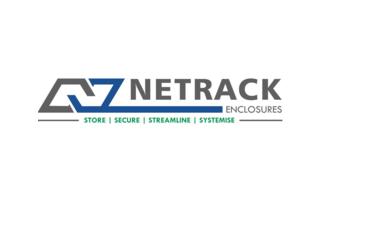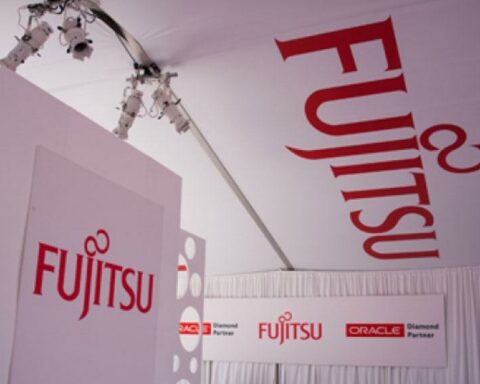The world is experiencing a giant leap in terms of technology. Many verticals today make use of technological advancement to better their output. Temperature-controlled environments are required for better performance of the IT equipment or a whole solution across many processes today. The requirements could differ depending on the nature of business and resources they are dealing with.
There are mainly two types of cooling solutions –
Precision Cooling System (PCS), is an air conditioning technique, primarily designed for indoor IT infrastructure, to provide constant humidity & temperature-controlled environment, which will not only help increase efficiency but also helps in reducing the use of high power consumption in the long run. Precision cooling is best suited and recommended solution for the myriad of verticals like data centers, server rooms, telecommunication units, CAD centers, medical equipment suites, laboratories, hospital facilities, etc.
Comfort Cooling System (CCS), on the other hand, is designed for people. Engineered for the intermittent use required to maintain a comfortable environment for people in facilities with a moderate amount of in-and-out traffic.
“Reliability is vital for any company’s growth and that depends on the sustainability of the products/solutions chosen for the IT setup. While precision cooling is recommended for constant temperature-controlled environments which could help in avoiding system shutdowns and component failures caused by the excessive heat produced, comfort cooling can be used for other environments. Precision cooling is gaining traction as the demand for constant temperature-controlled environments is increasing, mainly as it is designed to maintain temperature and humidity within a very narrow range. Choosing right cooling solution helps in increasing efficiency, reliability, scalability and environmental stability to IT environments,” said Ravi Raj U, Brand Head, Director – Sales & Support at NetRack Enclosures Pvt Ltd.
While both precision cooling and comfort cooling have their own advantages to play, it depends on the requirement of the solutions being implemented. And if the requirement demands a consistent and controlled cooling environment then it has to be precision cooling for a whole load of benefits it has over comfort cooling. For example, fluctuations in temperature and/or humidity produce a range of problems including a complete shutdown of the system. Companies incur huge costs depending on the length of the interruption and the value of time and data loss and this can be avoided by using precision cooling.
The below differentiation between Comfort and Precision Cooling Systems will give a clear idea of understanding to make the right choice for the solutions being implemented.
Handling heat load capability: Comfort cooling system (CCS) is designed to handle low-density heat loads to maintain a moderate environment for occupants, whereas Precision cooling system (PCS) is designed to handle high-density heat load released from IT equipment.
Operating capacity: CCS is designed to run up to a maximum of 1,200 hours per year, thereby it does not qualify where the setup demands constant environment control. Whereas, PCS is designed and built to run non-stop 8,760 hours a year. PCS is meant for constant environmental control.
Tackling changing temperatures and humidity: Comfort Cooling is designed to maintain 80°F (27°C) and 50% relative humidity during summer when the outside temperature would be at 95°F (35°C) and relative humidity at 48%. For the same outside temperature during summer, Precision Cooling is designed to maintain the temperature at ±1°F (0.56°C) and relative humidity at ±2-3%.
Humidification/
dehumidification cycles: As the purpose of Comfort Cooling is more for people, it has basic and limited controls that restrict it to react quickly and maintain the required heat tolerance. It also does not include humidification/ dehumidification cycles essential for a stable technological environment. One can certainly assimilate them as add-ons. Whereas, in Precision Cooling the in-built microprocessor-based controls react quickly to the changing conditions and maintain the tight tolerances required for a stable environment. It usually includes multiple stages of cooling and heating, a humidifier, and a dedicated dehumidification cycle. Enhanced, Web-Enabled Communication: Precision cooling system offers web-enabled monitoring & alarm notification facility to IT managers, while Comfort cooling system does not offer such precise monitoring capabilities.
Cost incurred: A comparison for heat removal costs between comfort and precision cooling systems reveals significant operational savings for precision systems, even for relatively small units. In comfort cooling, while the cost of the product is less, the operating cost exceeds that of the precision cooling and this is because of the power consumption. Precision cooling systems need less power to operate than comfort cooling systems. When initial costs and operating costs both are considered, precision cooling systems represent the most cost-effective solution for cooling critical IT equipment.
Achieving business-critical continuity is highly dependent on power and environmental support systems chosen by the user based on their requirement.
3 mins read
What Best Suits Your Environment – Precision or Comfort Cooling?








